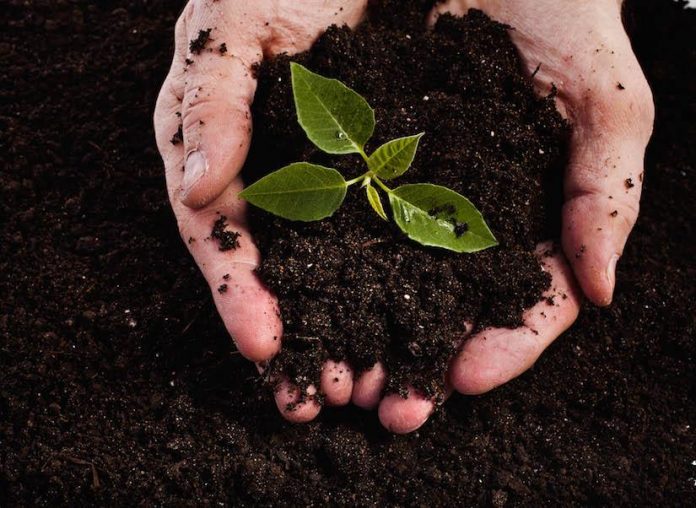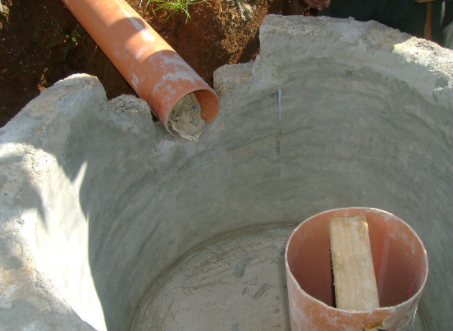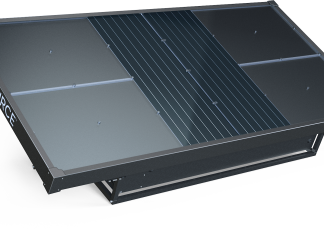Did you know? According to an article by The World Counts, 1.3 billion tons of food is wasted every year. This figure is 1/3 of the food produced in the world. Check out this link for a live counter of food wasted this year.
If you are planning to live off the grid, then you have the opportunity to combat global food wastage by composting. Compost is an organic compound that can be used to release natural gas which is a renewable power source that can help you with living off the grid.
What is compost and how can it help with living off the grid?
When organic materials such as food scraps, leftover meals, seeds, leaves, and animal dung decompose properly, they turn into compost. Compost is most commonly used as a fertilizer to help plants grow better because it is rich in nutrients, drains well, and conditions the soil without needing chemicals.
Note that compost is not a form of soil, rather it is an amendment to the soil that is made from rotten organic material. The mixture of soil and compost is called ‘hummus’.
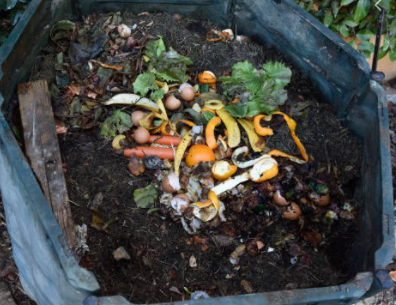
How can it help with living off the grid?
According to NBC News, researchers at Cornell University have discovered new and innovative ways of converting organic compounds such as compost into a valuable source of energy. This process involves hydrothermal liquefaction (heating compost at high temperature under pressure) to create an oil that can be extracted and used as fuel.
Meanwhile, any leftover compost can undergo anaerobic digestion to decompose it further and release methane and carbon dioxide in the form of natural gas.
With environmentally-friendly and sustainable food recycling practices, it is possible to live off the grid by converting compost into fuel and natural gas.
How to compost?
Composting may seem like it involves collecting trash from your kitchen’s leftovers, but it requires a little more attention to detail. For example, be careful not to add plastic waste, metals, glass, or chemical batteries to your compost pile.
These substances are not biodegradable and will therefore not break down when heated at high temperatures or exposed to anaerobic respiration by bacteria. Ideally, you will want to add carbon-rich and nitrogen-rich organic compounds when you are composting.
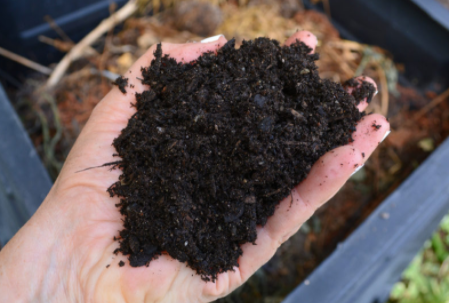
Layer your compost with carbon and nitrogen-rich materials.
Carbon-rich matter
Carbon-rich matter includes fruit peels, vegetable remains, pieces of wood, sawdust pellets, grounded coffee, egg, coniferous needles, shells, straw, peat, wood ash, plant stems, and branches.
Nitrogen-rich matter
Materials rich in nitrogen will typically be brown or woody. This material includes wood cuttings, vegetable scraps, grass clippings, shredded paper, manure, animal waste, and leftover food from your kitchen.
Balancing your compost pile
A rich composition of compost should have more carbon-rich matter and less nitrogen-rich materials. This balance is especially important for living off the grid to allow bacteria to flourish so that microorganisms can respire and break down your compost into natural gas.
If the odor of compost bothers you, you can use a ceramic container to eliminate unpleasant smells. If you are not bothered by occasional smells, even the regular steel bucket will do.
How to convert compost into natural gas?
A Bio-digester is a piece of equipment that can be used to convert compost into cooking gas by anaerobically breaking down organic material and releasing methane in the process.
This process is similar to what happens in a cow’s stomach where bacteria feed on semi-solid food in the absence of oxygen to release natural gas. With a Bio-Digester on your hands, while you are living off the grid, you will be able to recycle food and convert it into natural gas that you can use as a renewable fuel source.
A Bio-digester will typically fall into one of the following categories:
Fixed Dome Bio-digester
Compost or organic waste in a Fixed Dome Bio-digester is broken down in a single chamber. When natural gas is released, it collects in the dome. You can attach a pipe outlet from pirtekusafranchise.com/franchise-opportunity/how-much-does-each-franchise-tier-cost to the fixed dome for a continuous supply of natural gas to your kitchen stove.
Floating Dome Bio-digester
In a Floating Dome Bio-digester, there is a gas holding drum that rises as natural gas is produced in the bio-digester. When gas is not being produced or it is used by you for cooking, the flexible container sinks back until it is filled up again.
Tubular Bag Bio-digester
In a Tubular Bag Bio-digester, you have to build an underground trench to place the digester. When compost or organic waste is broken down and natural gas is produced, it collects in a flexible plastic tube at the top outside the trench.
Caution: Methane and natural gas are incredibly flammable. Ensure that the pipelines connected between your bio-digester and kitchen stove are secure and without any holes. A naked flame around a gas leak can result in an explosion. Be careful!
Converting compost into natural gas
Place your compost into a sealed air-tight container or chamber in your bio-digester. As the bacteria break down your compost, they will release methane and carbon dioxide. You can capture this gas through secure pipelines and connect it to wherever it needs to be used.
Please note that the system needs to be air-tight so anaerobic respiration can take place instead of regular aerobic respiration. The temperature for your compost chamber should be above 35 degrees Celsius for this to work. You may provide external and additional heat to speed up the process.
Conclusion
Using compost to live off the grid serves a two-fold purpose. You can use it to enrich the plants that you are growing and provide yourself with natural gas for cooking.
Additionally, it is also an environmentally-friendly and sustainable means of preventing food wastage when you are living off the grid.
Image links
https://live.staticflickr.com/5081/5363266553_c6b5f27248_z.jpg
https://secureservercdn.net/198.71.233.15/3b5.c82.myftpupload.com/wp-content/uploads/2017/09/Kellogg-Garden-Soil-Biochar-Max-1024×683.jpg


